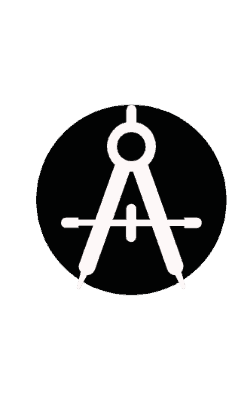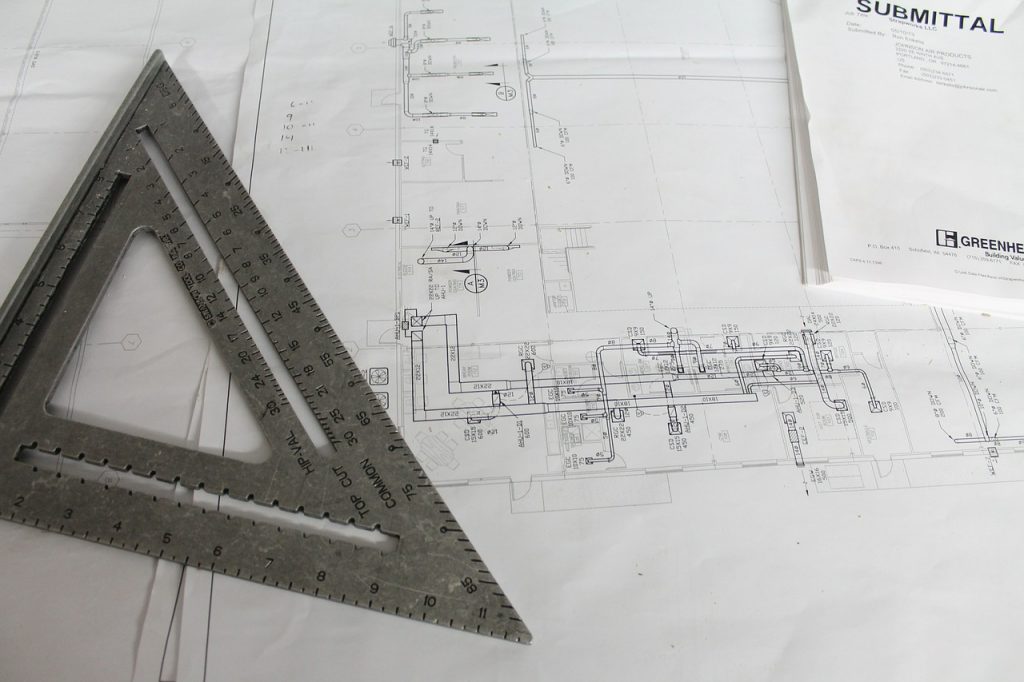Have you ever gone to an art supply store and just stared at their paper section? No? Ok, I guess it is just me. But anyone that spends time in the drafting and sketching section of their local arts and crafts shop will quickly realize that choosing a paper is not a simple thing.
This article will be a thorough overview of the various types of drafting paper, their uses, and the best types to use in various situations.
Bond Paper
When I was younger, for some reason I associated Bond Paper with James Bond. I assumed since they had similar names that they must be related. (I mean since he was picky when it came to his martinis, why not his paper?) Well as it turns out the name “bond” actually stems from its historical use as the paper that government bonds were printed on. But if my daughter ever grows up to ask me, I will probably stick with the much more interesting James Bond explanation.
For the most part, bond paper is the workhorse of the drafting professions – architecture, engineering, and landscape design. It is often the standard white paper you see in office printers throughout the world. The advantages of bond paper are its affordability, diversity of applications, and a multitude of sizes.
Typically, I have used what’s called layout bond, usually 18” x 24” for concept drawings, sketches, and colored perspectives. It can also be purchased with non-reproducible blue lines, which are a handy addition that allows you to have an intrinsic scale when drafting, but won’t show up if scanned.
When considering bond paper, you must also take into account the weight you are purchasing. You will often see it offered in 16lb, 18lb, and 20lb (most common). Some suppliers may go up to 32lb, but it is rare. The heavier the weight listed for the paper, the thicker the paper is.
Generally, 20lb should fit most if not all applications. The heavier bond papers will also feel slightly rougher to the touch – this is because they have more “teeth” than their lighter counterparts. The tooth of the paper simply refers to the texture you feel and subsequently the way it receives and holds graphite from the drafting pencil.
A grittier or toothier paper will hold the graphite better than a smoother paper. If you have ever seen the standard charcoal paper, it is heavily toothed and is usually has a paper weight upwards of 100lb.
I have found bond paper to be perfect for most drafting applications both professionally and instruction. I usually start my students off with translucent bond to practice drafting skills and then transition to regular bond or vellum after they’ve advanced their skill. The regular 20lb layout bond offers great texture and background for burnished colored pencil or marker rendering. Click here for availability.
Vellum
When my father first told me that vellum paper was made from the actual skins of animals I didn’t believe him – surely he was preying on my James Bond gullibility – but it is true! Or at least it used to be. Now modern vellum is composed of a variety of plant-based materials and fibers, but the good-old-fashioned stuff was typically made from calfskin.
Vellum is a rather tough material that can withstand erasing and consistent re-drafting of lines. It is also translucent, but with a parchment-like quality that differentiates it from your standard flimsy tracing paper. Vellum is very nice for final presentation graphics. Inking a final landscape plan on vellum provides a crisp artistic presentation that any client will value. It can really set you apart from the standard photo-collaged garden plans of competitors.
Vellum does require a more proficient technical hand, and it is more expensive, so the conventional recommendation is that beginners should stick to regular bond to hone their craft before attempting vellum. I would advise to start working on vellum as soon as you feel comfortable.
Developing and practicing it will only sharpen your work with it and it won’t break the bank. Like bond, vellum comes in rolls and sheets, both plain and with non-reproducible gridlines. A standard 8.5” x 11” pad of 50 sheets will cost about $15-$20. Click here for availability.
Tracing Paper
When I was a landscape architecture student, we simply called it “trash”. This alone probably tells you everything you need to know about it.
It is perfect for sketching out rough ideas, overlaying them, and continuously sharpening your design. You would not typically use a fine mechanical drafting pencil on these. This paper is not for a final product but rather the “ideas” phase of design – we are talking about big fat sharpies and lots of good coffee. That being said, I had several coworkers over the years that could make magic out of Prismacolor markers and yellow tracing paper.
It can be purchased in sheets or rolls. I’ve found the rolls to be much more economical and efficient than sheets, but it is personal preference. As stated earlier, you can buy them in yellow or white, and the roll sizes can be lengths of 6” up to 36”. You will typically pay $15-$20 for a standard 50-yard roll of 18” tracing paper. This should last you for quite a long time.
There is no quality control issue here – just purchase what is available. Click here for availability.
Mylar
Mylar is a trademarked product for a paper produced as what’s called a biaxillary-oriented polyester film (or more commonly referred to as BoPET). The film is very durable, tear and water-resistant, and provides a finely textured frosted surface for optimal ink adhesion.
At supply stores, you will typically see what is referred to as “InkJet” BoPET film, which is essentially similar to traditional Mylar and does not yellow or fade. From a financial standpoint, I find Mylar and its non-trademarked equivalents to be cost-prohibitive for landscape designers. A standard 8.5” x 11” pad of 50 sheets will cost anywhere from $35 – $50. Most importantly, a good quality paper will not fix poor drafting skills and therefore I’ve seen both excellent and poor quality presentations on Mylar.
Unless you are archiving your work for personal purposes, both drafting bond and vellum are perfectly acceptable. However, as a growing designer, you may wish to eventually test your skills and try using Mylar. Click here for availability.
The Unconventional Drafting Papers
Although drafting is a very technical drawing process, a designer should experiment with other drawing media – there are many types available for testing. I have seen professionals present drawings on charcoal paper, watercolor paper, and even newsprint in some cases.
As you grow as a landscape designer, see what best suits your needs and personal style and enjoy the learning process.
Important Legal Disclaimer: This site owned and operated by Draftscapes. We are a participant in affiliate marketing programs designed to provide a means for sites to earn advertising fees by linking to participating vendors. Affiliations include Utrecht Art Supply and Amazon Associates. Draftscapes is compensated for referring traffic and business to these companies. Recommendations for products or services on this site are not influenced through this affiliation.


